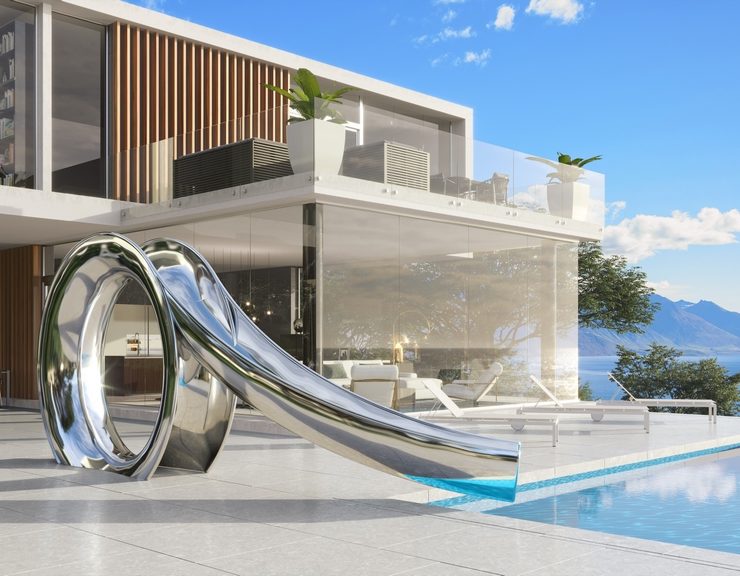ARTICLES
Advance Search
Aquatic Health
Aquatic Health, Fitness & Safety
Around the Internet
Aquatic Culture
Aquatic Technology
Artful Endeavors
Celebrity Corner
Life Aquatic
Must-See Watershapes
People with Cameras
Watershapes in the Headlines
Art/Architectural History
Book & Media Reviews
Commentaries, Interviews & Profiles
Concrete Science
Environment
Fountains
Geotechnical
Join the Dialogue
Landscape, Plants, Hardscape & Decks
Lighter Side
Ripples
Test Your Knowledge
The Aquatic Quiz
Other Waterfeatures (from birdbaths to lakes)
Outdoor Living, Fire Features, Amenities & Lighting
Plants
Ponds, Streams & Waterfalls
Pools & Spas
Professional Watershaping
Structures (Editor's Notes)
Travelogues & History
Water Chemistry
WaterShapes TV
WaterShapes World Blog
Web Links
Around the Internet
Aquatic Culture
Aquatic Technology
Artful Endeavors
Celebrity Corner
Life Aquatic
Must-See Watershapes
People with Cameras
Watershapes in the Headlines
While comprehensive maintenance implemented by skilled service professionals is always imperative, as fountain expert Jerry West explains, preventive care is especially critical in the colder months when damage from ice can destroy even the best-designed and installed fountain systems.
...
Watershape University is stepping forward with a palette of educational offerings at three major industry events in Atlantic City, Houston and Colorado Springs – marking the beginning of WU’s strongest year yet.
...
Appreciating water doesn’t always require sweeping ocean vistas or cascading streams, explains writer and naturalist, Jamie Nestor. As he points out in this personal essay, the beauty and fascination of aquatic environments sometimes exist in surprising places, but can be no less inspiring.
...
Ensuring a stunning planting environment is all about the ground itself, says landscape designer, Mark David Levine. Beautiful greenery requires forethought and action in the form of soils testing and amendments for newly landscaped areas – a crucial practice he believes should be mandatory for all projects that include garden spaces of any size, style or location.
...
Solus (New Westminster, BC) offers the Water Dome. These water bowls feature polished metal domes that appear to float inside a concrete vessels. Water flows up through the center of each dome to run over the reflective surface of the hand-spun metal and then drops off the edges into the surrounding water creating sound. Each metal dome is handmade and unique. Learn more here.
...
The story of water and the need to control is very much the story of human existence. According to author Giulio Boccaletti, efforts to transport and store water for agriculture and human consumption was, and remains, the primary organizing force in human society, a phenomenon that lives on to this day.
...
The Arizona Biltmore is a truly historic property with a unique design pedigree. Crystal Fountains’ David L’Heureux reports that his company’s participation encompassed providing state-of-the-art fountain lighting and jet systems, as well as acting as a fountain design consultant on an elite project team.
...
During times of economic strife, many watershapers have kept financial pace by focusing on renovations rather than new construction. Is it time to again start thinking in that direction given current uncertain economic conditions? Industry veteran Brett Lloyd Abbott believes so, and has advice about making a tactical shift in messaging.
...






















The Uncertain Road Ahead